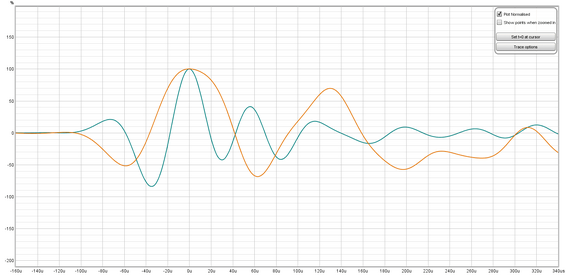entrelaslineas
Registered
Thread Starter
- Joined
- Nov 24, 2019
- Posts
- 14
Hello! I apologize for my English. I am interested in the possibility of using a subwoofer in a wide frequency band (30-250 Hz). Studying the pulse characteristics taken in the car with different crossover cutoff frequency, it turns out that at the cutoff frequency of 80 Hz and 250 Hz, different delay values are obtained. This is elementary for professionals, but I was surprised. On what principle should I set the subwoofer delay, if I want 30-250 Hz, so that 50 Hz and 200 Hz come without lagging from each other?















